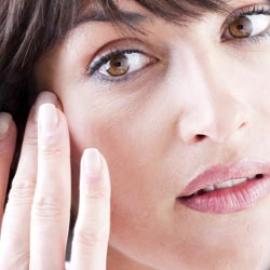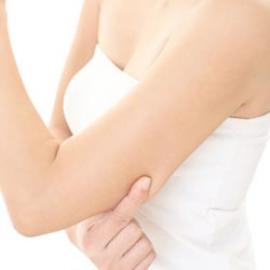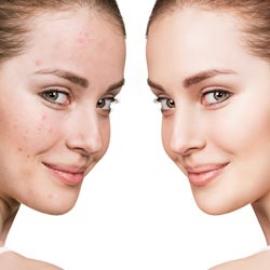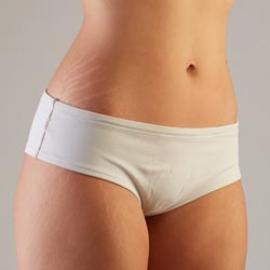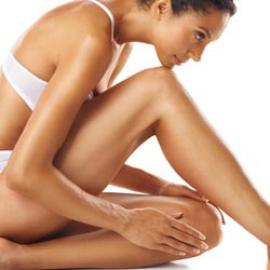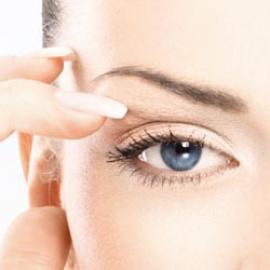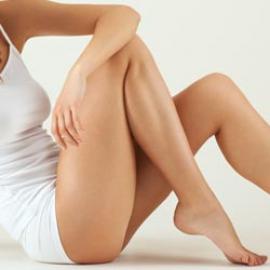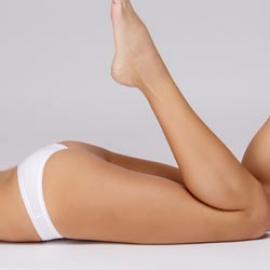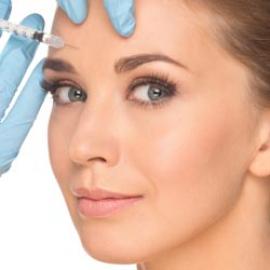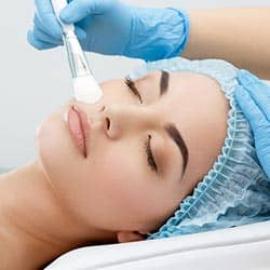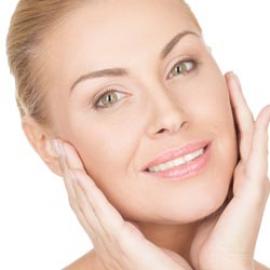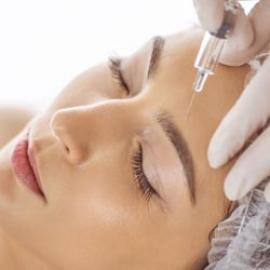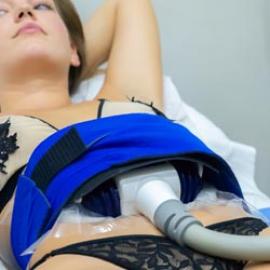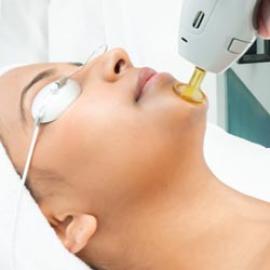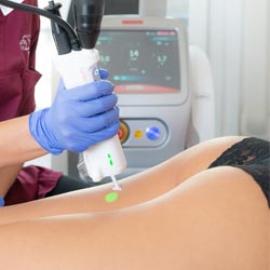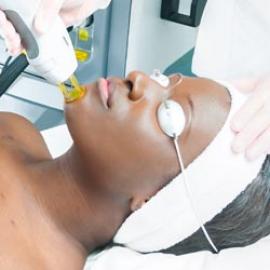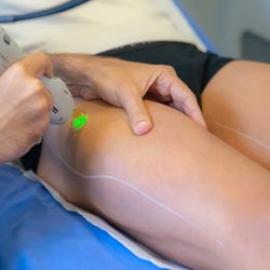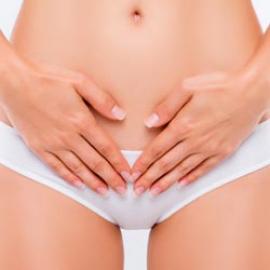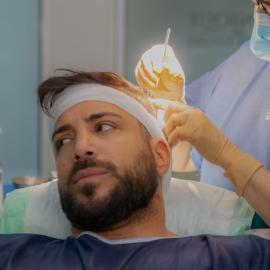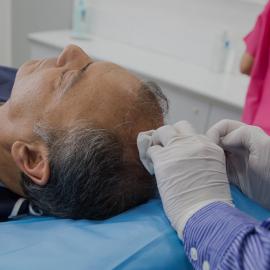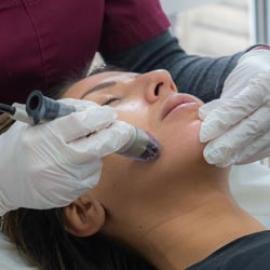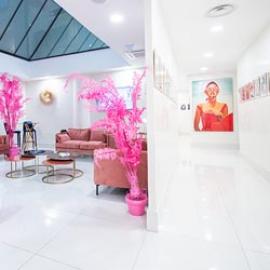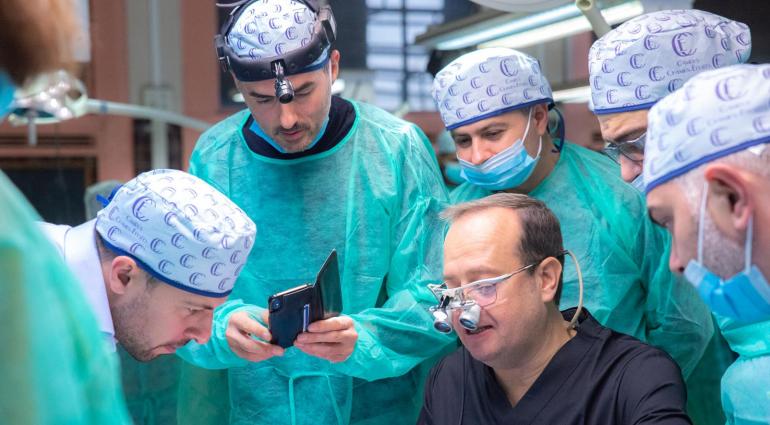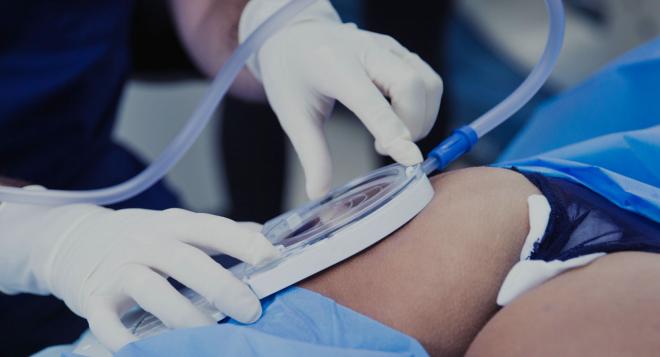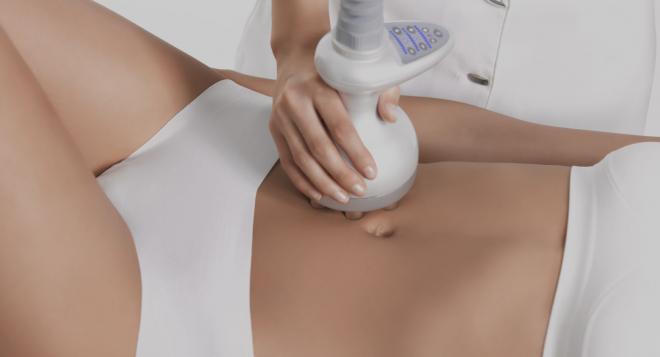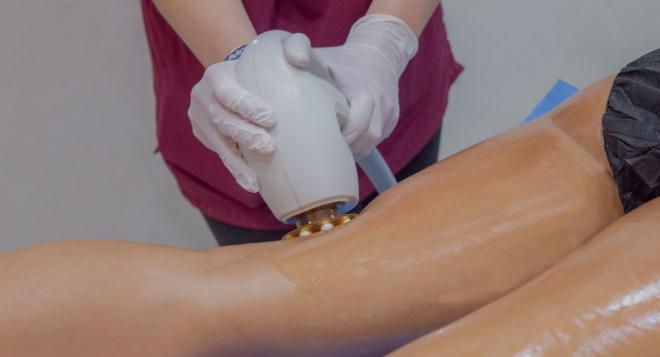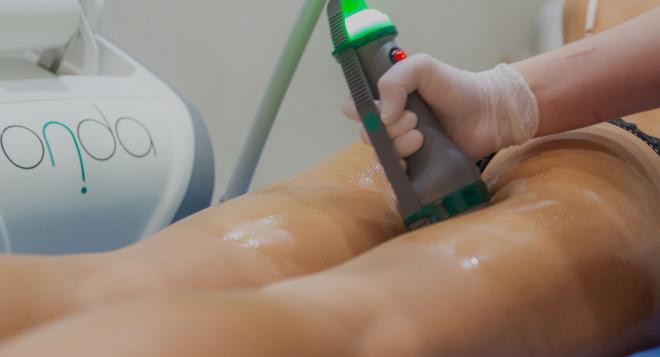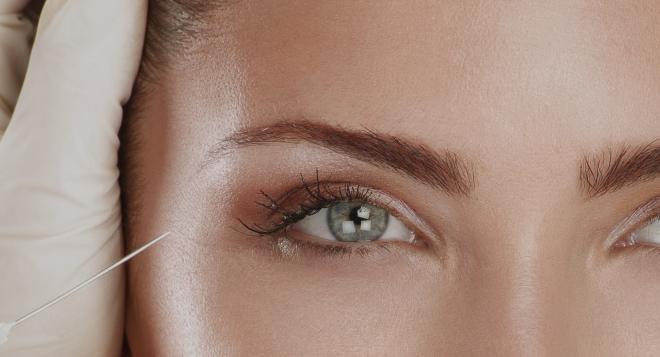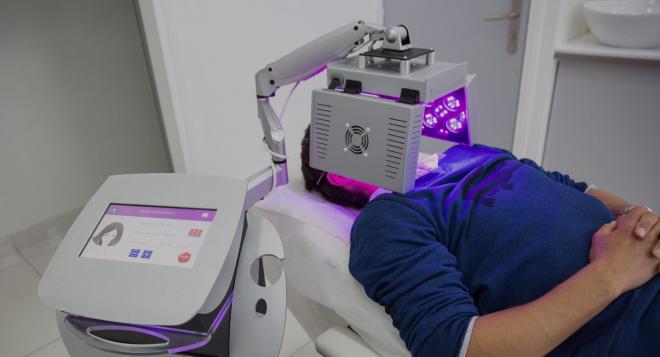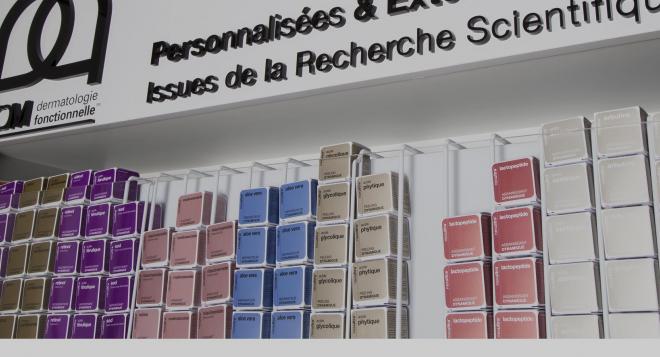
Weight gain, hormonal shifts or lack of physical activity lead to cellulite formation. Fat deposits on the thighs, abdomen, or arms frequently bring the appearance of orange peel. Esthetic medicine has introduced some effective treatments to put an end to cellulite in the long term.
Cellulite & Orange Peel Skin - what are they?
Cellulite is caused by changes in the structure of the skin. The numerous layers of the skin are bound by a fibrous septa. They can contract and progressively harden. The fat cells between the layers of the skin are compressed. This creates an orange peel effect. The surface of the skin looks wrinkled and blistered.
Cellulite occurs throughout the puberty. At this time, the skin is firm and sensitive, turning red and granular on the thighs and buttocks. Between the ages of 25 and 50, it becomes softer and flaccid. Subcutaneous balls emerge and then become more pronounced, the skin becomes more and more of a padded look called orange peel.
Women are much more vulnerable to the appearance of cellulite than men are. Cellulite is mainly present in women on the buttocks, thighs, arms and abdomen.
Cellulite also affects men. The arms and stomach are the first areas impacted by the orange peel effect.
There are a number of types of cellulite:
Adipose cellulite: the skin is smooth when standing or lying down. The orange peel effect occurs when the skin is pinched.
Fibrous cellulite: standing up, the skin has some wrinkles (padded appearance), lying down the skin retains a smooth appearance. Palpation is not easy, and it is sometimes painful.
Oedematous cellulite: Irregularities in the tissue of the skin can be found while standing and lying down. It is created by the accumulation of water. Fatty nodules are felt on deep palpation and white marks develop on the fingers after palpation. The tone of the muscle is diminished.
Cellulite and Orange Peel Skin: what are the causes?
There are many reasons for cellulite formation in the body.
The first cause of the emergence of cellulite in women is hormonal shifts When you use a contraceptive method, during pregnancy or during menopause, the hormones shift dramatically. This promotes water retention and thus causes cellulite to develop in various parts of the body.
Cellulitis is also a symptom of weight gain. Some lifestyles and dietary changes often contribute to substantial weight gain. Accumulation of fat in the body leads to cellulite production.
The lack of physical activity also leads to the non-elimination of fat and thus to the retention of cellulite.
There are now a variety of treatments available in aesthetic medicine to avoid cellulite and this orange peel effect.
Cellulite & Orange Peel Skin: how to treat them?
It is necessary to properly diagnose the type of cellulite in order to select the most appropriate treatment.
Cellfina® is ideal for fibrous cellulitis. This is a procedure that works directly on cellulite and modifies the underlying cellulite structure (the septas). The session will be conducted under local anesthesia in a sterile medical block.
In the case of fat and aqueous cellulite, there are numerous techniques which combine different actions together or separately: removal of the excess fat responsible for cellulite, improvement of the appearance of the padded skin and lymphatic drainage.
This is the case with respect to:
- Radio frequency technologies such as Venus Legacy® and Thermage®.
- Radio frequency + ultrasound systems such as Exilis Elite™ and Accent Prime®
- Microwaves, such as Onda Coolwaves®
Other more surprising methods have an effect on cellulite as well. This is the case with carboxytherapy for diffuse cellulite or Miltaderm LED energy, which, thanks to a particular tone, works at the heart of the cells (mitochondria).
It should be mentioned that liposuction does not have an effect on cellulite.
In addition, there are also serums and body creams that work on the orange peel effect but do not reach the deep cellulite.


